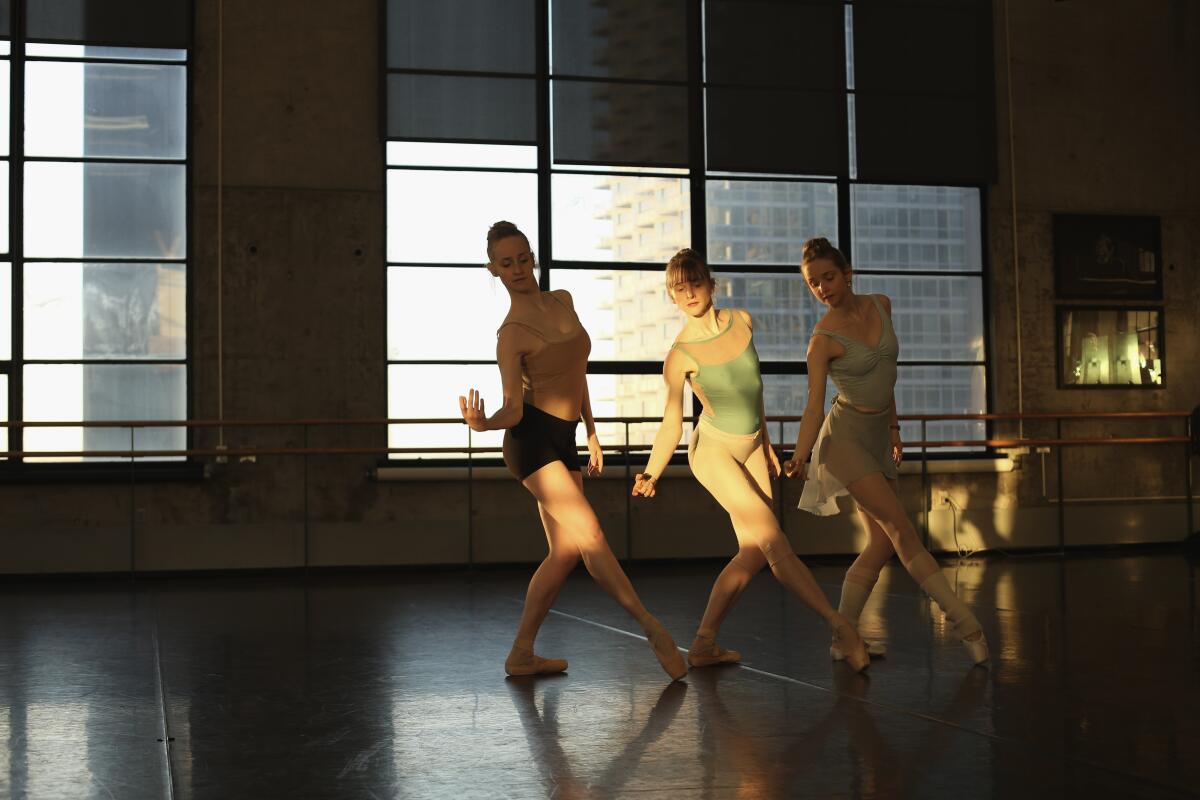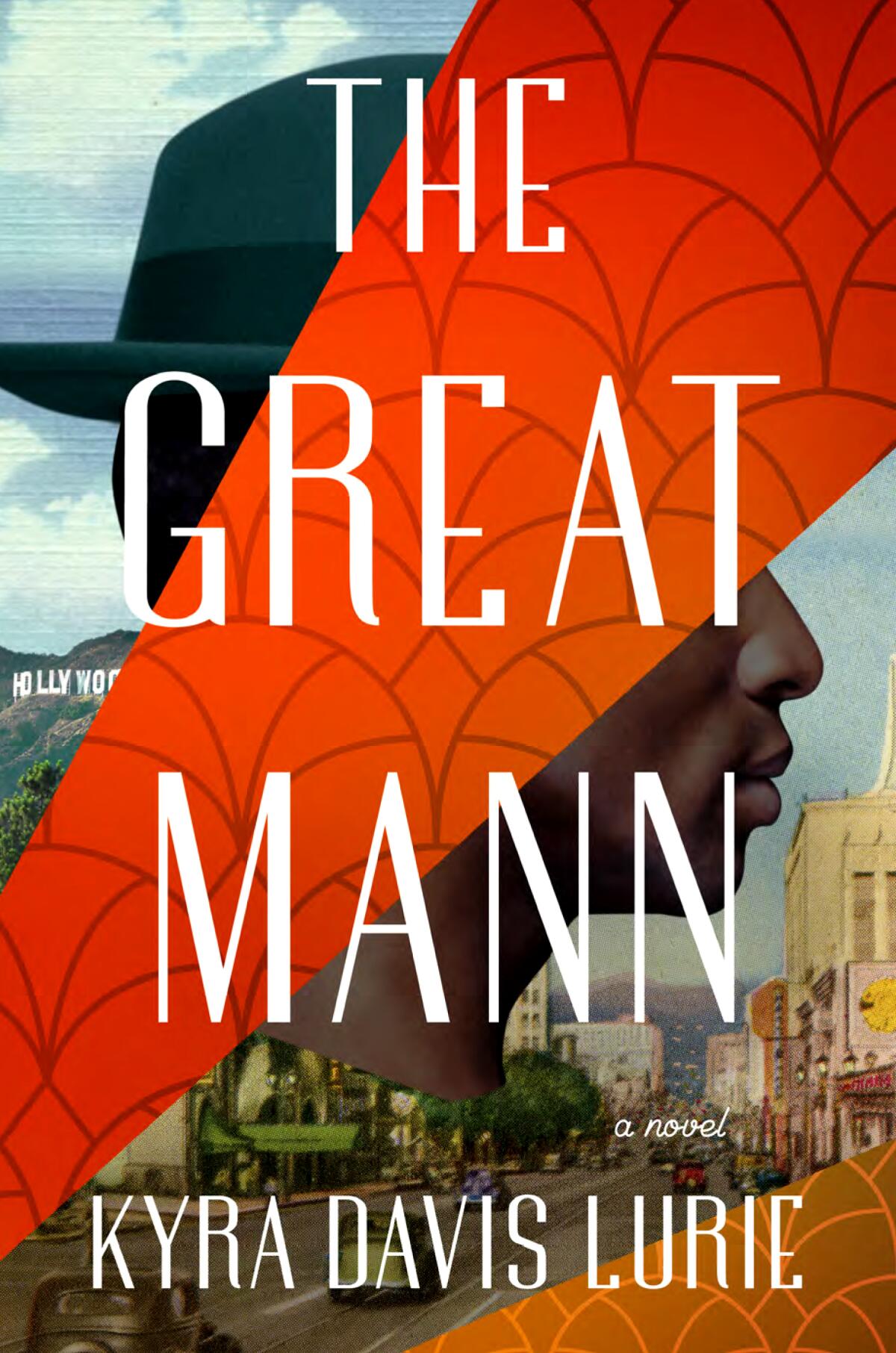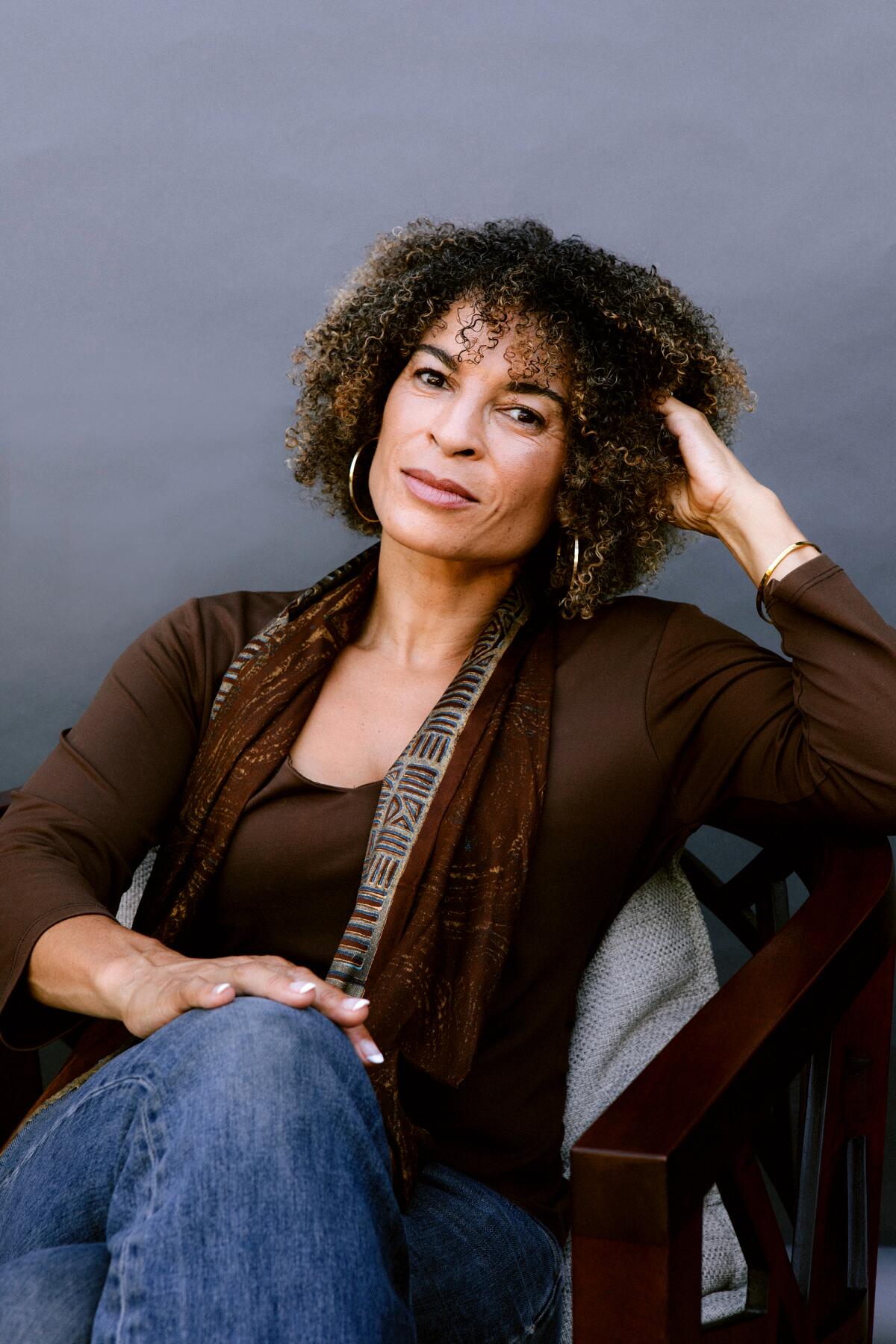Telluride Film Festival spotlights Springsteen biopic, Oscar hopefuls
In recent years, film festivals haven’t felt all that festive. Audiences have dwindled, streaming has upended viewing habits and the pandemic and Hollywood strikes have rattled the industry, leaving even the most glamorous events to fight for their place on the cultural calendar.
Then there’s Telluride. For more than a half-century, the tiny mountain gathering has thrived as a kind of anti-festival: no red carpets, no prizes, no tuxedos, just movies. Perched 8,750 feet up in a box canyon in the Colorado Rockies, it’s reachable only by twisting roads or a white-knuckle drop into one of the nation’s highest airports. Festival passes are pricey and limited in number, which makes Telluride feel at once intimate and exclusive. With its mix of industry insiders and devoted film lovers, that isolation and tight-knit atmosphere have become part of Telluride’s mystique, and the promise of early Oscar buzz keeps filmmakers, stars and cinephiles making the pilgrimage. Since 2009, only five best picture winners have skipped Telluride on their way to the top prize.
“It’s so hard to get to Telluride — you don’t end up here by accident,” festival director Julie Huntsinger says by phone. “We’ve always felt it’s incumbent on us to show either brand-new things or extraordinary things that make your time worth it. You know how cats will bring you a mouse? I always feel like I’m bringing you a mouse or a bird, and I just hope you’ll like it.”
Rolling out over Labor Day weekend, the 52nd Telluride Film Festival will supply a slate of fresh offerings, including a handful of world premieres. Scott Cooper’s “Springsteen: Deliver Me From Nowhere” drops Jeremy Allen White into the boots of the Boss, tracing the creation of his stark 1982 album, “Nebraska.” Chloé Zhao’s “Hamnet” unites Jessie Buckley and Paul Mescal in a haunting portrait of grief. Edward Berger’s “Ballad of a Small Player” finds Colin Farrell wandering Macau as a gambler chasing luck and redemption. And Daniel Roher’s “Tuner” gives Dustin Hoffman a rare return to the screen in a crime thriller about a piano tuner who discovers his ear is just as effective on safes as on Steinways.
Also in the mix are a number of films coming from Cannes and Venice: Yorgos Lanthimos’ “Bugonia,” Noah Baumbach’s “Jay Kelly,” Kelly Reichardt’s “The Mastermind” and Richard Linklater with a double bill, “Blue Moon” and “Nouvelle Vague,” proof that Telluride remains a haven for auteurs.
At last year’s Telluride, politics dominated the conversation on- and off-screen. Hot-button issues, from abortion access to climate change to the Israeli-Palestinian conflict, ran through the program, while guests such as Hillary Clinton, James Carville and special prosecutor Jack Smith joined the usual roster of actors and filmmakers. Ali Abbasi’s “The Apprentice,” a searing portrait of Donald Trump’s early years, was one of the buzziest titles.
This year the lineup is broader, though politics still runs through it. Ivy Meeropol’s “Ask E. Jean” follows writer E. Jean Carroll through her legal battles with Trump, while Kleber Mendonça Filho’s “The Secret Agent” uses a 1970s-set thriller to revisit Brazil’s military dictatorship, with Wagner Moura (“Narcos”) as a professor on the run. “This year is pretty political too,” Huntsinger insists. “There are a couple of films that, if you’re paying attention, have important things to say. I just hope everybody feels a little braver after a lot of the things we show.”
German-born director Edward Berger, who brought his papal thriller “Conclave” to last year’s edition, returns with a strikingly different film in “Ballad of a Small Player.”
“I would defy anyone to stack up his films and say they’re by the same filmmaker,” Huntsinger says. “This is a beautiful, very dreamlike, nonlinear exercise in spirituality and introspection. ‘Conclave’ felt disciplined — not that this film is undisciplined but it exists on a totally different plane.”
Zhao, who won the directing Oscar for 2020’s “Nomadland,” has adapted “Hamnet” from Maggie O’Farrell’s acclaimed novel about the death of Shakespeare’s only son in what Huntsinger describes as one of the festival’s most emotionally powerful selections.
“Chloé is a person of immense depth,” Huntsinger says. “She has such a deep feel for human beings. This is a sad, mournful but beautiful meditation on loss. People should be prepared to cathartically cry. There isn’t a false note in it.”
Another festival favorite, Lanthimos makes his third trip to Telluride with “Bugonia,” a darkly comic sci-fi satire that reunites him with Emma Stone following their earlier collaborations on “The Favourite” and “Poor Things.” A remake of the 2003 Korean cult film “Save the Green Planet!,” it follows a conspiracy-minded beekeeper (Jesse Plemons) who kidnaps a powerful pharma executive (Stone) he believes is an alien bent on destroying Earth.
“Be prepared to get your a— kicked,” Huntsinger says. “Emma is outstanding, and we should never take her for granted, but Jesse Plemons steals the show. He next-levels it in this one.”
Baumbach also marks his return to Telluride with the dramedy “Jay Kelly,” which centers on an actor (George Clooney) and his longtime manager (Adam Sandler) as they journey across Europe, looking back on the choices and relationships that have shaped their lives. Huntsinger likens the film to a cinematic negroni: “It’s substantial but also fun, with an almost summery feel. It’s about where you’re headed after a certain stage in life, told without heavy-handedness.”
The filmmaker and screenwriter, who previously brought “Margot at the Wedding,” “Frances Ha” and “Marriage Story” to the festival, will be honored this year with a Silver Medallion. He shares the award with Iranian director Jafar Panahi, whose drama “It Was Just an Accident” won the Palme d’Or at Cannes, and Ethan Hawke, represented in the lineup with Linklater’s “Blue Moon” and his own documentary about country singer Merle Haggard, “Highway 99: A Double Album.”
Few films in the lineup will be more closely watched than Cooper’s Springsteen biopic, with Emmy-winning “The Bear” star White channeling the Boss during the making of one of his most uncompromising albums. “Jeremy delivers in the same way that Timothée Chalamet did in [the Bob Dylan biopic] ‘A Complete Unknown,’ where you just think, Jesus, what can’t this kid do?” Huntsinger says. “Scott’s a great filmmaker, and the movie delivers on its promise.”
The music thread continues with Morgan Neville’s documentary “Man on the Run,” drawn from never-before-seen home movies Paul McCartney shot in the early 1970s, not long after the Beatles’ split. The footage shows McCartney retreating to Scotland with his family and offers what Huntsinger describes as a revelatory glimpse at a less-mythologized moment. “You also understand there wasn’t a villain in the Beatles breakup,” Huntsinger says. “It’s an expansion on history that’s really needed.”
Elsewhere in the documentary lineup, Oscar-winning filmmaker Laura Poitras returns with “Cover-Up” (co-directed by Mark Obenhaus), an exploration of investigative journalist Seymour Hersh’s career that builds on her politically charged films like “Citizenfour” and “All the Beauty and the Bloodshed.”
For all its flannel-and-jeans ethos, Telluride isn’t immune to the economics of 2025. Lodging and travel costs have soared, amplifying concerns that the showcase has become a festival largely for the well-off. Huntsinger concedes the expense but points out pass prices haven’t budged in more than 15 years as she works to keep it accessible.
“I was concerned for a while because our audience was aging, but we’ve really worked on making sure that younger people and people on fixed incomes can come,” she says. “I can see the difference — it’s not just people of means. And I promise you, I’ll keep fighting for that. I hope the lodging people will realize they got a little out of hand and start lowering prices too.”
For all the turbulence and doomsaying that has rattled Hollywood in recent years, Telluride has managed to hold fast to its identity.
“The devotion people have to this weekend makes me think there’s hope,” Huntsinger says. “They’re not coming here for anything but film-loving. To hear people say, ‘I would not miss this for the world’ makes me really proud and hopeful. After everything we’ve all been through, I think we still have reason to keep doing this crazy little picnic.”






